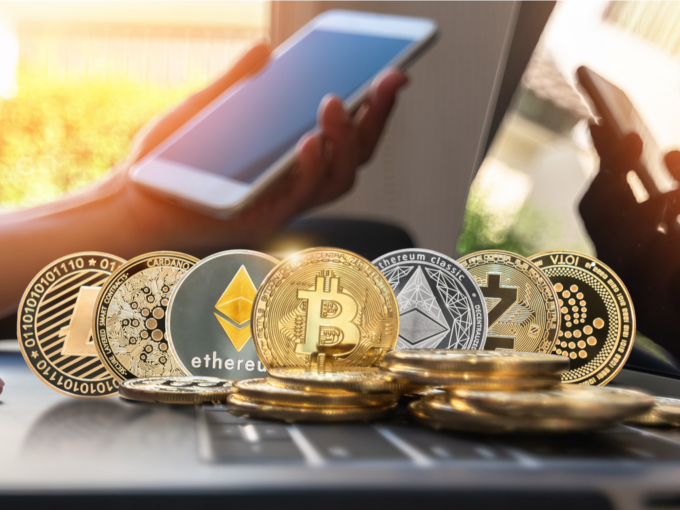In a P2P transaction, the money does not flow through the exchange, although the exchange connects the buyer and the seller
According to industry experts, the P2P mode of transaction is certainly less efficient than UPI payment and usual netbanking option
Some platforms are also directly accepting deposits from coin buyers

From a new tax regime for crypto transactions to the payment gateway saga, the cryptocurrency exchanges in India have countered critical challenges since the beginning of April. During the April 7-14 period, the trading volumes of the exchanges declined by nearly 60% on an average, as compared to the pre-tax days. While the industry is facing a bloodbath, the exchanges have started facilitating peer-to-peer (P2P) deals. Moreover, some platforms are directly accepting deposits from crypto buyers.
In a P2P transaction, the money does not flow through the exchange, although the exchange connects the buyer and seller. Under this transaction method, the exchange shares the seller’s bank account details with the buyer after receiving an order from the buyer. The buyer then directly transfers funds to the seller, while the seller moves the cryptocurrency lying in his/her wallet with the exchange to the buyer’s crypto wallet.
According to industry experts, the P2P mode of transaction is certainly less efficient than UPI payment and the usual netbanking option. . The P2P transaction also facilitates money transfer from the accounts of the buyers to the sellers over net banking or IMPS or NEFT, but the only difference is that the transaction happens outside the exchange.
For retail crypto investors, the impact of disabling the UPI payment option could be more damaging as compared to the netbanking payment option. . In the last few years, UPI has gradually become more mainstream, driving the growth of the digital economy. According to a CLSA report, UPI comprises 60% of the total payments by volume in India, and digital payments have risen from $61 Bn in FY16 to $300 Bn as of FY21.
The recent episode of freezing of payment options by crypto exchanges started after a Coinbase executive announced that the global crypto exchange would allow users in India to use UPI payment to purchase cryptocurrencies.
“With reference to some media reports around the purchase of cryptocurrencies using UPI, National Payments Corporation of India (NPCI) would like to clarify that we are not aware of any crypto exchange using UPI,” the NPCI said.
Soon after the NPCI issued the clarification, all major crypto exchanges in India disabled INR deposits via UPI to avoid any conflict with the NPCI. Moreover, several Indian banks also reportedly stopped providing their services to crypto traders. Interestingly, there has been no fresh directive from the Reserve Bank of India, asking banks to stay away from cryptos.
Hence, the developments have raised questions in the industry with regard to the disabling of payment options without any official circular. According to industry experts, the government and the regulatory bodies are trying to make it difficult for investors to purchase crypto.
“The idea is to limit the reach of crypto until the Crypto Bill gets enacted by the Parliament. This is not just the RBI’s view but I think the Indian government’s view too,” a Ministry of Finance official told Inc42 recently.
After a dip in January and February, the global crypto market had started seeing a recovery in March, and the Indian market was no exception. The first downfall in trading volumes started after the 30% tax rule came into effect on April 1.
Further, several exchange executives also cautioned that the real impact on trading volumes would be visible after the 1% TDS provision comes into force.


![Read more about the article [Jobs Roundup] Swiggy recently raised $800M. Here’s how you can join the $5B foodtech startup](https://blog.digitalsevaa.com/wp-content/uploads/2021/04/shutterstock1730607304-1594028762169-300x150.png)


![Read more about the article [Funding roundup] Hospals, HYPD, Oben EV, SustainKart raise early-stage rounds](https://blog.digitalsevaa.com/wp-content/uploads/2022/01/funding-roundup-jan-24-2022-hospals-hypd-oben-ev-sustainkartptcevpvb2.gif; charset=utf-8)



